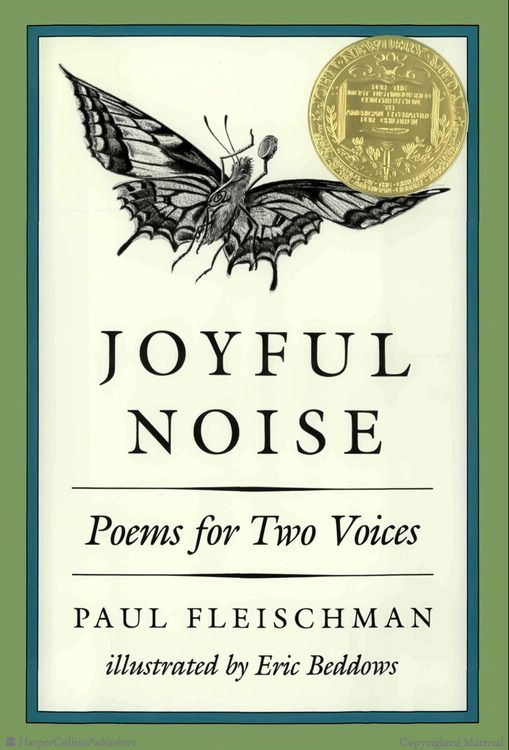Witness this!
This book was made up of poems from different points of view and usually in differing and discernible voices all telling one story.
The plot, though ... the story seemed to end at the wrong spot. It ended with one of the secondary (even tertiary) characters, with a sort of twilight zone “dun dun dun!” campfire ghost story ending. The whole meaning of the book was lost.
I saw little Esther’s attempt to take the Heaven Train (i.e. kill herself) as the primary focal point of the book—she’s certainly the only character the reader ends up knowing intimately and loving thoroughly. Yet this scene happens mid-way in. The scene seen by the author (I’d guess) as “climax” is her father getting shot. Why is this climactic? We don’t know nor really care about her father, except in how his death might hurt Esther.
So, today's lesson boys and girls, is this: end a book with something directly related to the character we come to love most. And the most emotionally charged moment maybe ought to be the climax? Or that the emotional intensity must escalate to the climax. So if the reader is choking on sobs at the half-way point, she sure better be all-out weeping by the end. Dénouement is allowable, but it really can’t take up half the book (and the “shooting” scene, like I said, wasn’t resolution—it was escalation/climax, except it ended up being anticlimactic related to the Heaven Train in the middle).












In honor of a very special day, I thought I'd revive this old post about a book I found, um, intriguing, with some interesting asides...